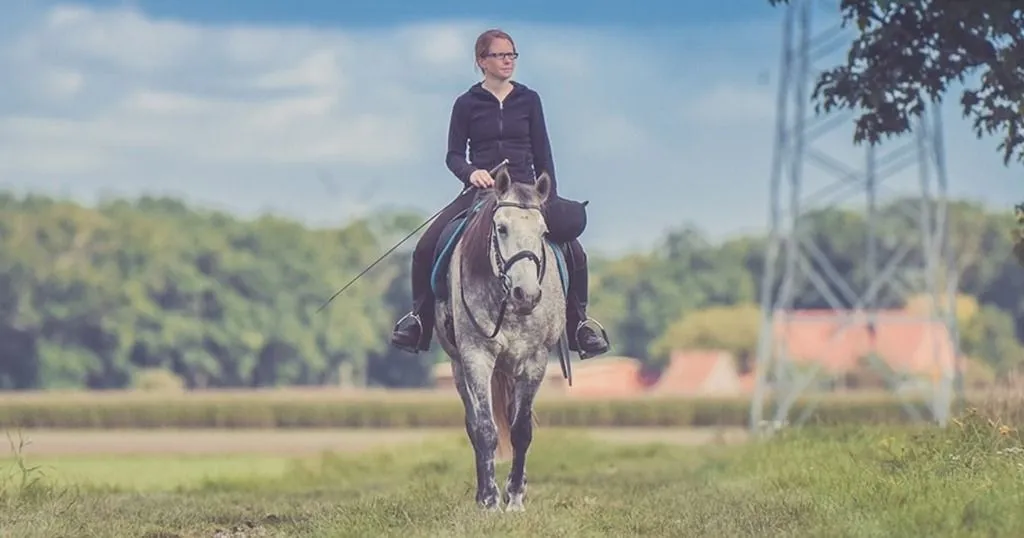The value of tracking software: using EthoVision XT to monitor broiler activity
What can EthoVision XT provide over manual observations? We explore that question in the context of a animal welfare study, where fly larvae were provisioned to broilers.
Posted by
Published on
Thu 12 Oct. 2023
Topics
| Welfare | Chickens | EthoVision XT | Livestock |
In the past, we have written about how EthoVision XT is used in rodents, fish and other laboratory animals. Fortunately, EthoVision is not limited to these species. This blog post was co-written by a former classmate of mine, Noa van Leuffen. She recently published a paper about utilizing pixel changes in EthoVision for Mapping Broiler Activity during Dried Black Soldier Fly Larvae (Hermetia illucens) Provisioning. We will look at the results of her study and the value that EthoVision has for monitoring poultry behavior.
Using EthoVision to measure broiler behavior
Fast-growing broilers in barren housing conditions may experience various welfare problems such as poor leg health and inactivity [1,2]. Securing and understanding proper welfare is essential for providing proper animal care. One approach to better broiler welfare is to increase their expression of natural behavior and general activity, for example by providing dried larvae, such as Black Soldier Fly Larvae (Hermetia illucens, BSFL). In this blog post, we will explore manual and automatic methods to observe poultry behavior, and how black soldier fly larvae could influence this behavior.
What is the benefit of using Black soldier fly Larvae?
The high weight of fast-growing broilers makes it difficult for the chickens to move, and this decreases their activity. This combined with poor litter quality can increase the occurrence of lesions when the skin has repeated and prolonged contact with the ground. Chickens with lesions to their skin experience severely decreased welfare, and this is something that we as a society tend to think about more and more. So how do we go about fixing this problem?
Scattering larvae in the broilers’ pen stimulates activity and decreases the time in which they are in contact with the dirty litter material. Therefore, providing these larvae could help alleviate the lesions on the skin. However, it is not well known if providing dried BSFL actually increases the activity of broilers. Therefore, Noa and her fellow scientists set up this study, analyzing the behavior of broilers provided with dried insect larvae.
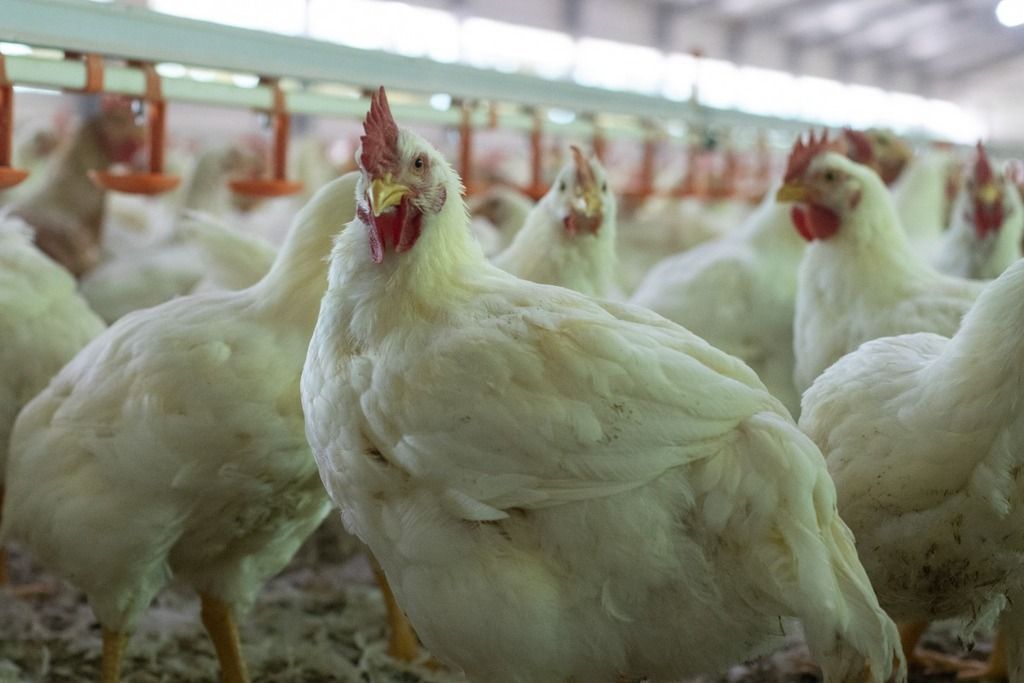
Why use automatic activity assessments?
Analyzing behavior on a detailed level can be time-intensive and training is needed in order to obtain proficiency [3,4]. It is therefore of interest to explore novel and time-efficient methods that can measure specific aspects of animal behavior that are often of interest, such as movement. Using EthoVision XT seems to be a promising, time-saving tool to score broiler activity.
When analyzing activity in EthoVision, each pixel gets a value ranging from 0 for black to 255 for white. The pixel value changes when a broiler moves. The more movement there is, the more pixel alterations are detected. To compare conventional methods with automatic ones, EthoVision and 30-s manual observations of activity were compared in their ability to display activity [5].
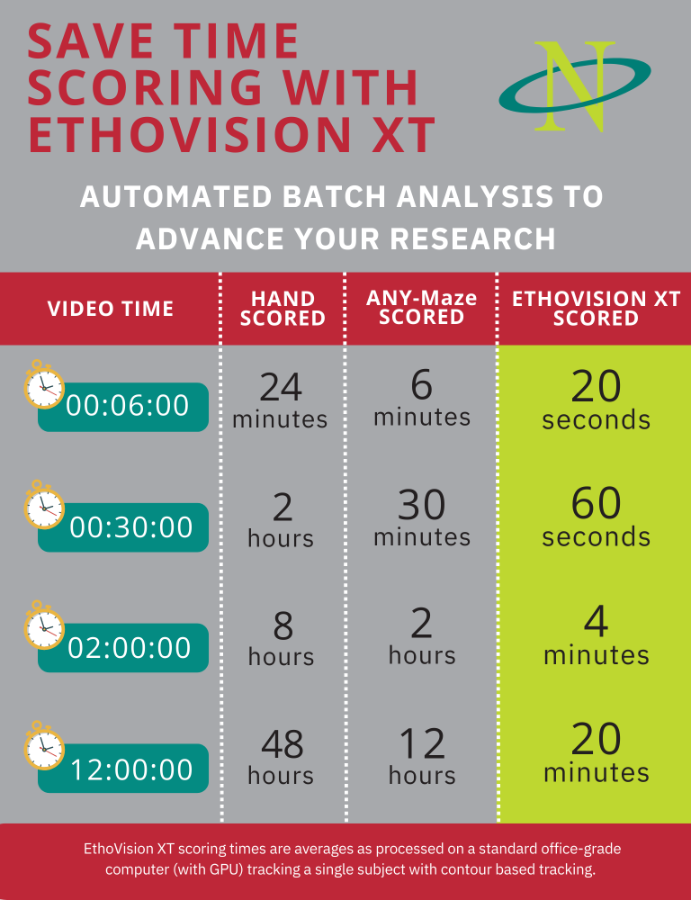
Manual vs Automatic, what are the differences?
The percentage of manually recorded activity was moderately correlated with the percentage of pixel changes measured by EthoVision. Both measurements revealed differences in activity between the control group and broilers that received dried larvae, but the exact effects found varied somewhat between the two groups.
When using 30-s manual observations, an increase in activity was observed after dried larvae were provisioned on all observation days. Generally, automatic assessment seemed to find a similar effect but activity patterns around feeding BFSL varied between hours of the day, with the lowest activity at the last provisioning moment (17:00h). Manually recorded activity and percent pixel changes per minute, thus, slightly differed in revealing the effects of dried larvae provisioning on the activity of broilers at different hours. It seems that the pixel changes assessment might have missed some activity if manual scoring is regarded as the gold standard.
There are, however, several other possible explanations for the different effects found by both methods. Manual scoring might be more accurate for detecting small movements that may not be reflected in the change in many pixels [5], such as ground pecking. Furthermore, the broilers were always filmed from a top view. This meant that vertical movements were less represented than horizontal.
Pixel changes reflect movement. However, the manual scoring method solely assessed whether broilers were active or not, and no distinction was made in the degree of activity. In addition, pixel changes were calculated and averaged per pen and over time, whereas manual observations were not. The continuously assessing nature of the software analysis is able to assess frequency and magnitude differences in a way that 30-s scan sampling could not.
Moving forward
Further validation of the found results with a bigger sample size and in variating settings (e.g., intensive and extensive poultry farming systems) can contribute to a simple and time-efficient method of scoring broiler activity. In conclusion, Noa commented: “Assessing pixel changes should be considered complementary to manual behavioral assessments, as it provides additional information on a more detailed level”.
References
1. De Jong, I.C.; van Harn, J.; Gunnink, H.; Hindle, V.A.; Lourens, A. Footpad Dermatitis in Dutch Broiler Flocks: Prevalence and Factors of Influence. Poult. Sci. 2012, 91, 1569–1574.
2. Bessei, W. Welfare of Broilers: A Review. Worlds. Poult. Sci. J. 2006, 62, 455–466.
3. Viscardi, A.V.; Hunniford, M.; Lawlis, P.; Leach, M.; Turner, P.V. Development of a Piglet Grimace Scale to Evaluate Piglet Pain Using Facial Expressions Following Castration and Tail Docking: A Pilot Study. Front. Vet. Sci. 2017, 4, 51.
4. Stamp Dawkins, M. Observing Animal Behaviour: Design and Analysis of Quantitative Data; Oxford University Press: Oxford, UK, 2008.
5. Van Leuffen, N.; Ipema, A.F.; Bolhuis J.E. Comparing Pixel Changes and Manual Observations for Mapping Broiler Activity during Dried Black Soldier Fly Larvae (Hermetia illucens) Provisioning. Animals. 2023, 13, 2200.
Related Posts
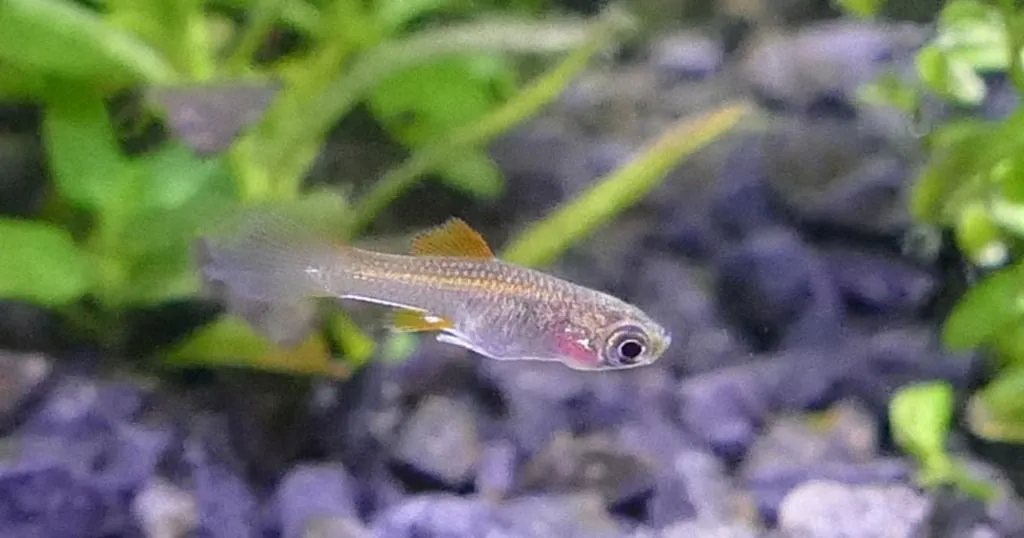
To mate or not to mate? Females are less choosy when males are rare
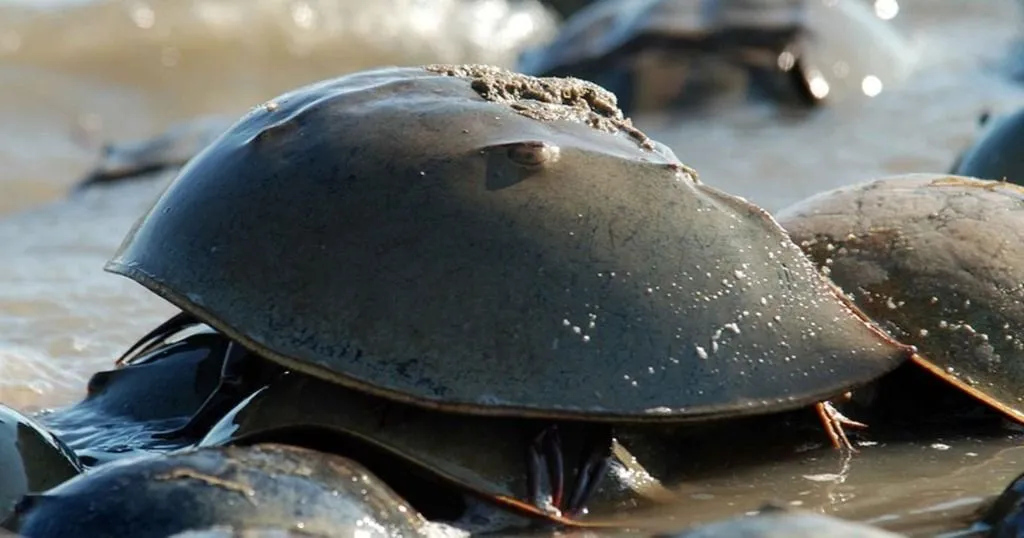
Ticking clocks – tides and activity peaks in American horseshoe crabs
